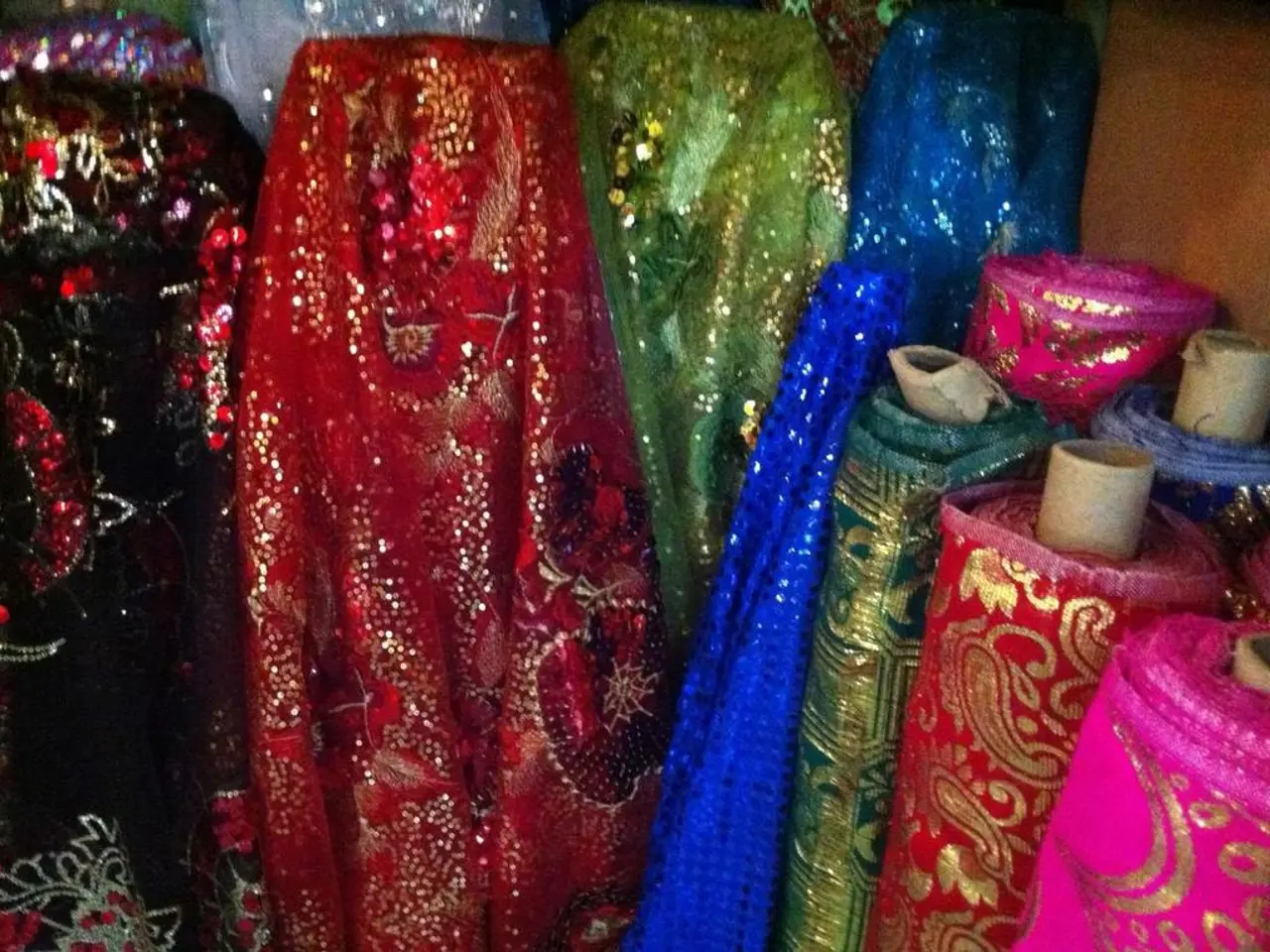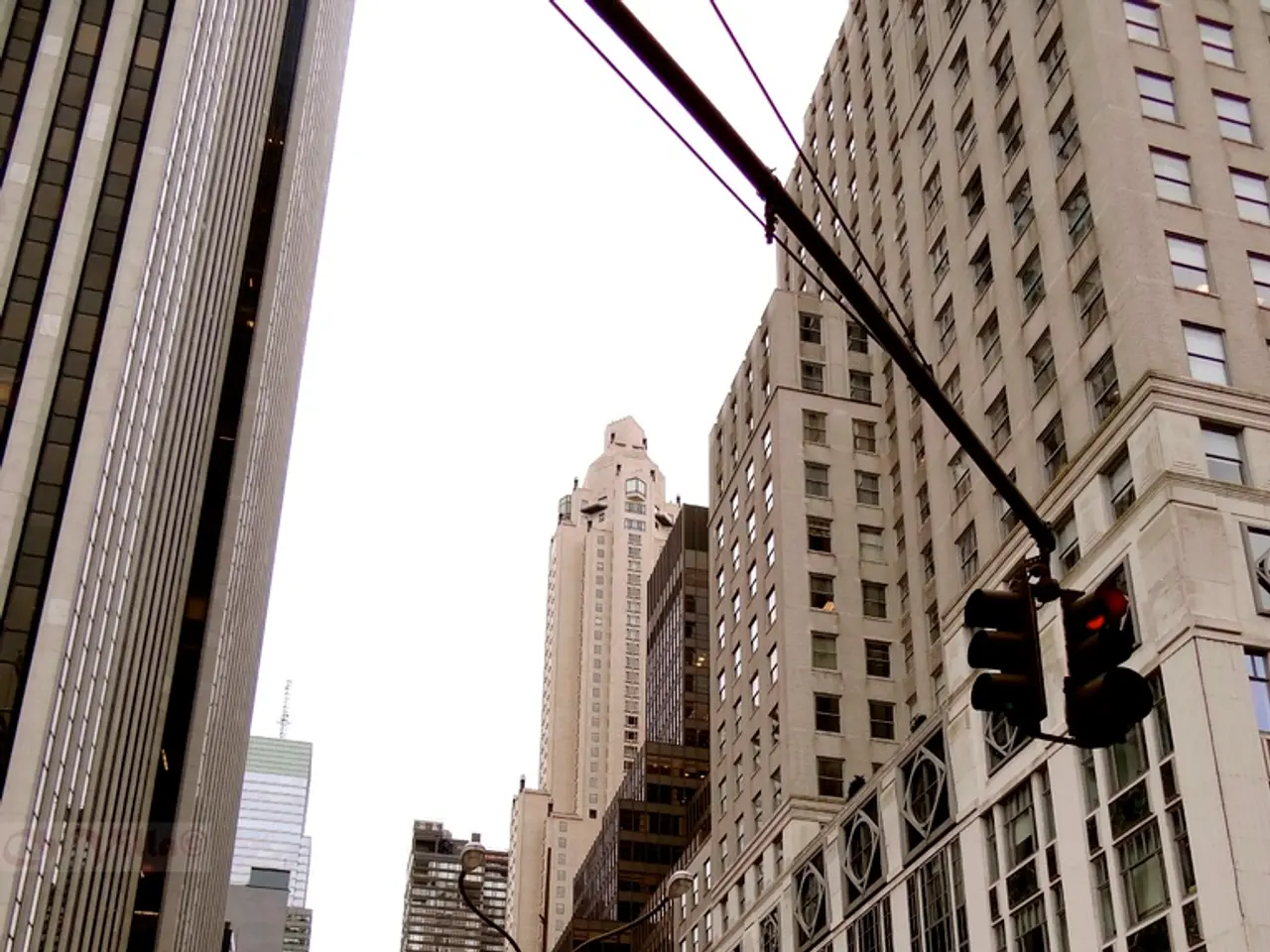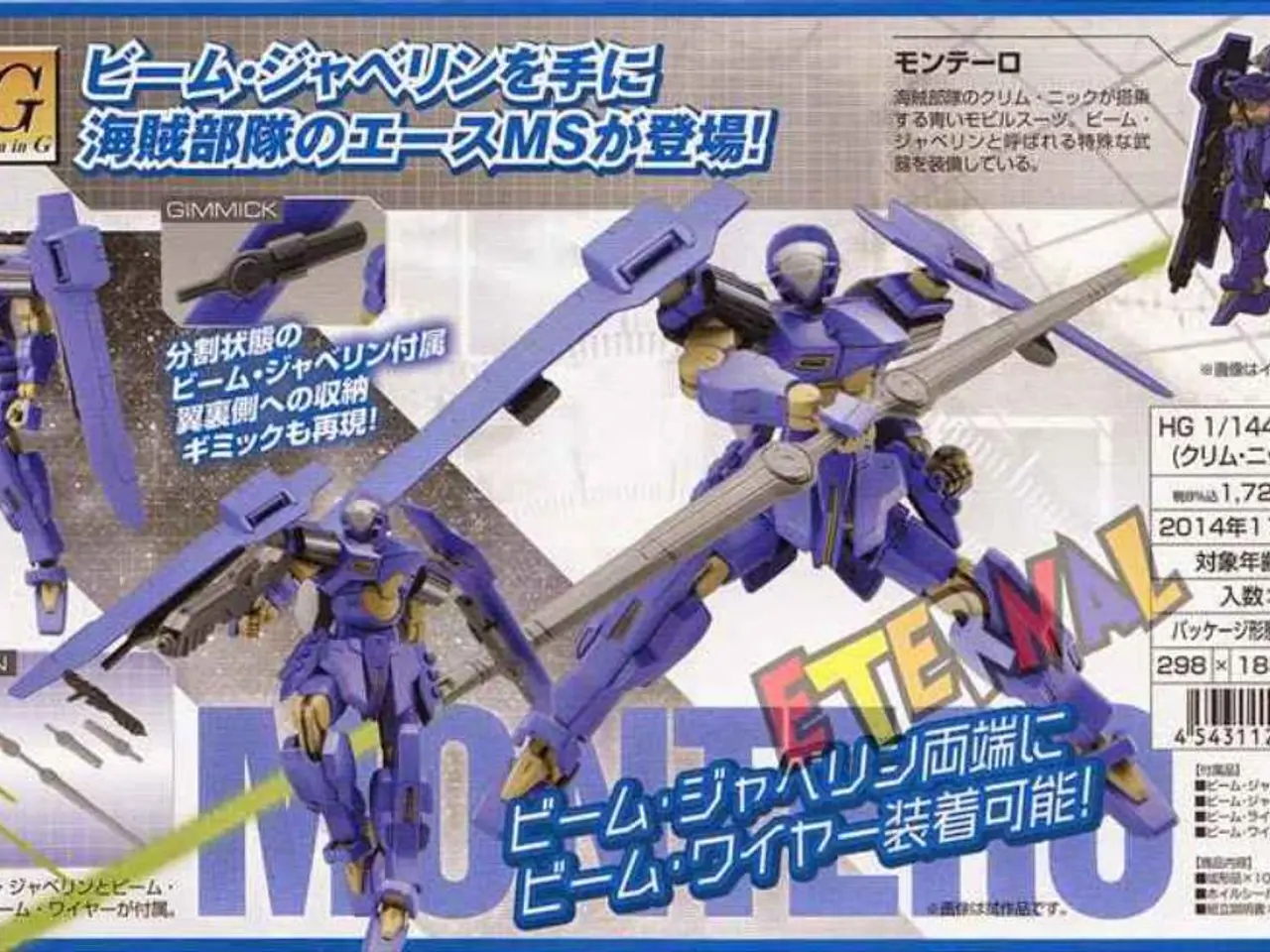Virtual clothing trials now accessible through Google AI shopping platform
Google Launches AI-Powered Virtual Try-On Tool for Apparel Shopping
Google has taken a significant step forward in personalized online shopping with the launch of an AI-powered virtual try-on tool for apparel [1][2][3][4]. The feature allows users to upload a full-length photo and see clothing items layered onto their image, providing a realistic preview of how the clothes would look on their body.
The tool is deeply integrated across Google's platforms, including Google Search, the Google Shopping homepage, and product result pages on Google Images. Users can tap a “try it on” icon on apparel listings to access the tool and scroll through different garments on their silhouette, save favourite looks, and share them with friends for feedback.
The underlying technology relies on Google's Shopping Graph, a vast database containing billions of apparel products, prices, and vendor information. AI-driven computer vision and garment-mapping algorithms analyze the uploaded photo, accounting for variables like body shape and posture, and drape virtual clothing realistically over the image. While lighting, photo quality, and pose can affect accuracy, Google continuously improves the model through user feedback.
This approach aims to replicate the in-store try-on experience online, removing friction by embedding the feature directly into Google's core shopping ecosystem rather than as a separate app. The tool helps reduce uncertainty and may lower return rates for retailers.
Brands are encouraged to tailor assets for virtual try-on and supply high-quality inspiration visuals. The era of interactive, personalized experiences across all shopping categories is approaching, with the line between browsing at home and stepping onto the showroom floor becoming increasingly blurred.
In the future, AI-driven inspiration tools will help users redecorate living spaces, matching furniture and decor based on simple prompts. Google's Search Labs' AI Mode will introduce "Vision Match" in the fall, allowing users to receive a visual montage of matching outfits based on natural-language queries.
For brands, this feature presents an opportunity to stand out in an increasingly crowded digital marketplace. By promoting "try it on" calls to action in their ad copy and on social channels, they can capitalize on this innovative tool and offer a unique shopping experience to their customers.
[1] Retailers may need to rethink how they photograph apparel, favoring on-model shots against neutral backdrops to facilitate AI mapping. [2] The Shopping Graph will be the foundation for "Vision Match". [3] The virtual try-on feature signals a fundamental shift in how consumers discover, evaluate, and purchase products online. [4] Encouraging users to experiment with sizes and colors virtually can foster deeper engagement and drive traffic back to product pages.
The introduction of Google's AI-powered virtual try-on tool for apparel shoppingsignificantly impacts the lifestyle and fashion-and-beauty sectors, as it allows users to visualize clothing items on their bodies realistically, enhancing the shopping experience. This technology also has implications for the technology industry, as it rely upon AI algorithms, computer vision, and the Shopping Graph database. Furthermore, this tool encourages users to engage more with shopping, potentially reducing return rates for retailers and driving traffic back to product pages, which could be considered as a form of shopping behavior.




